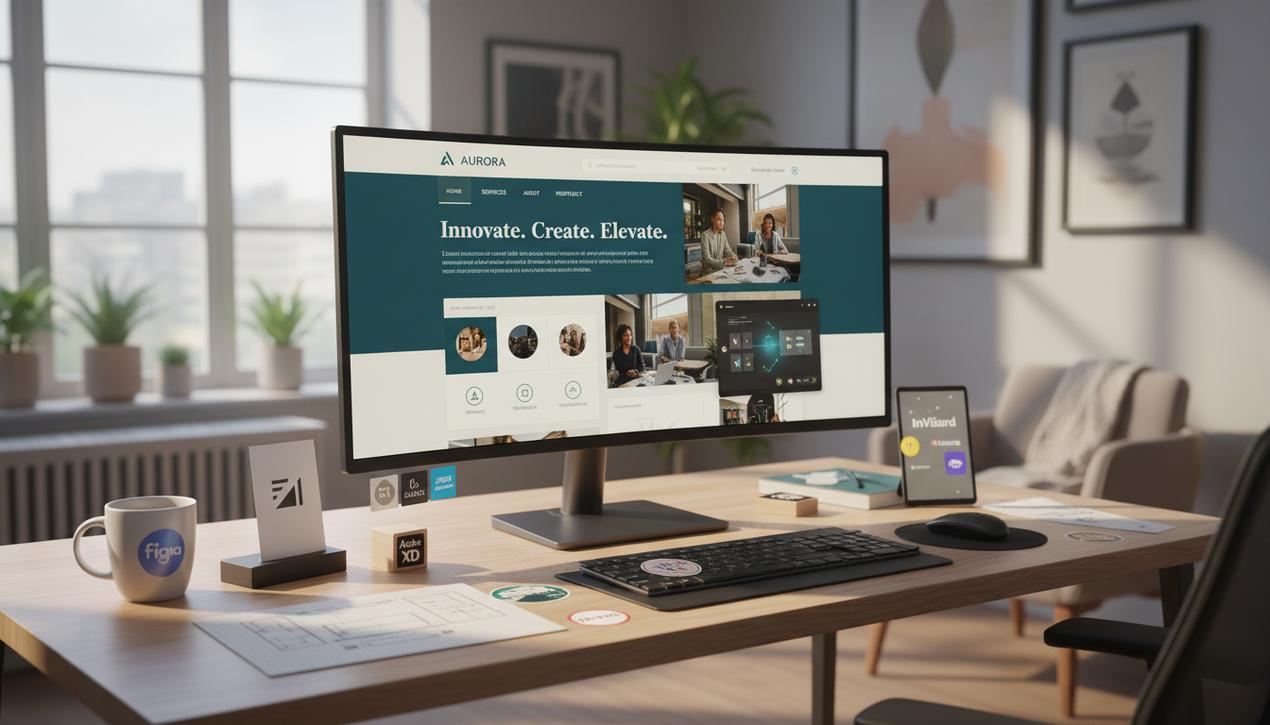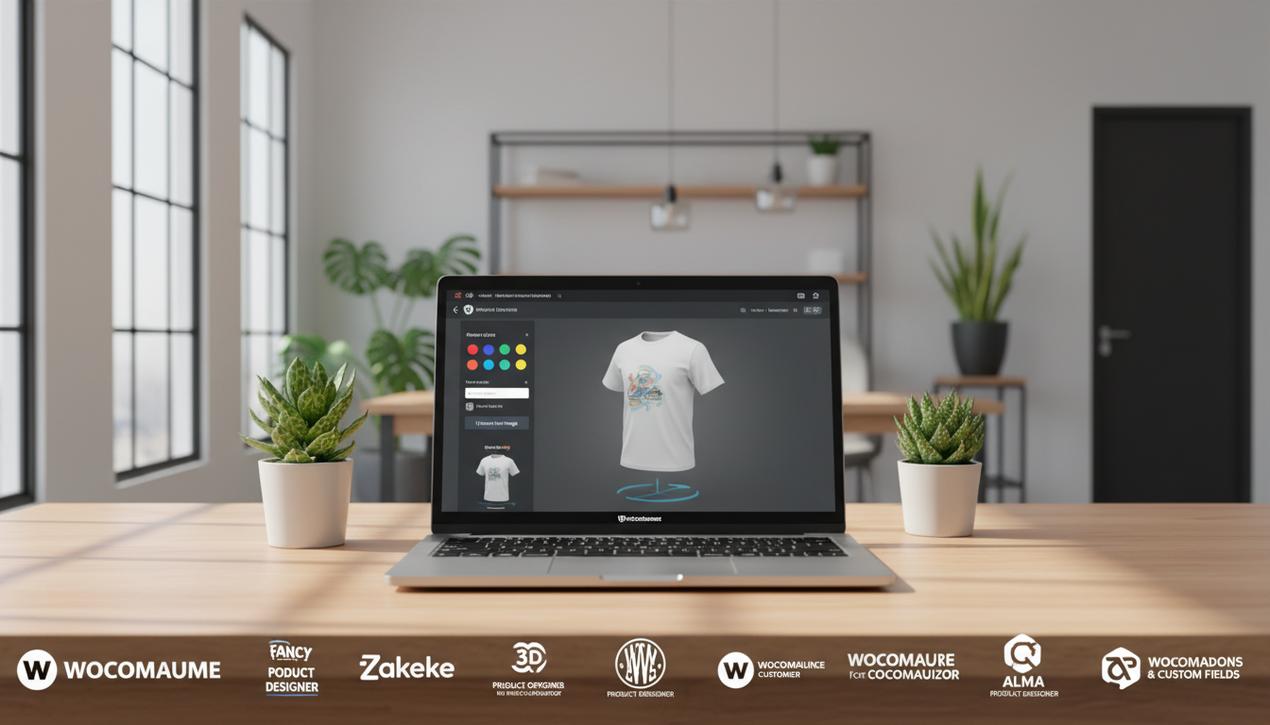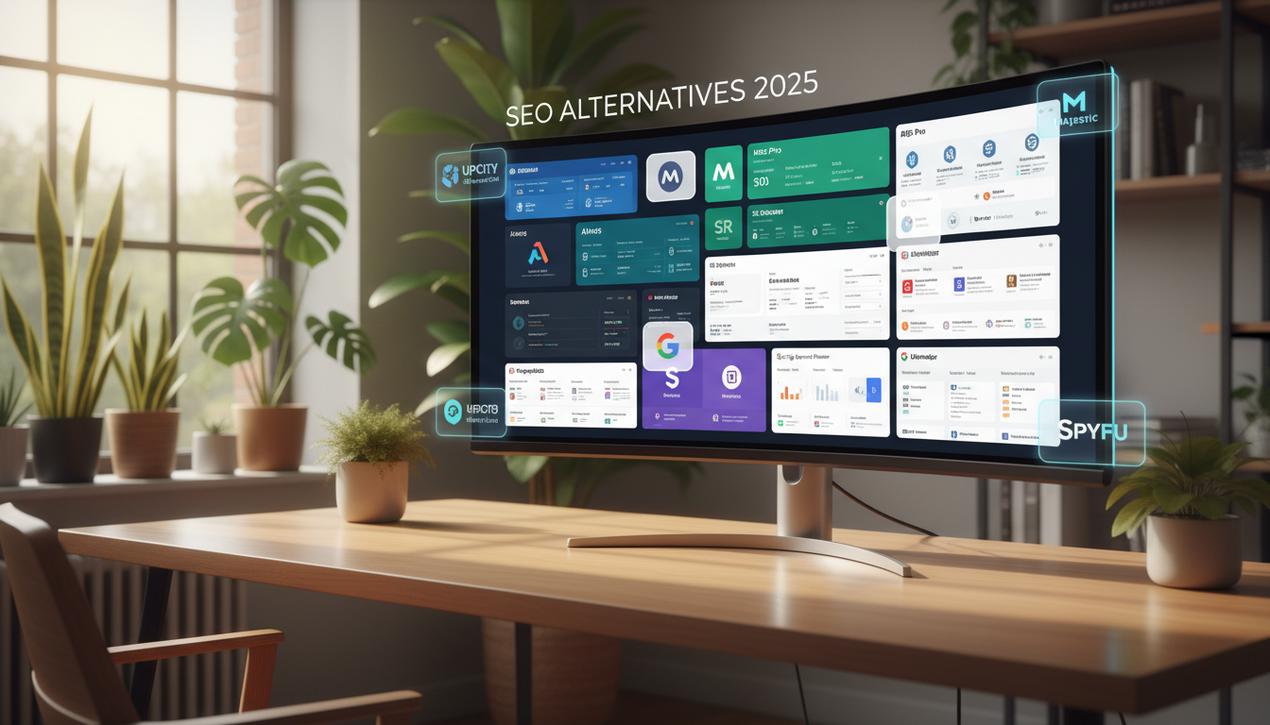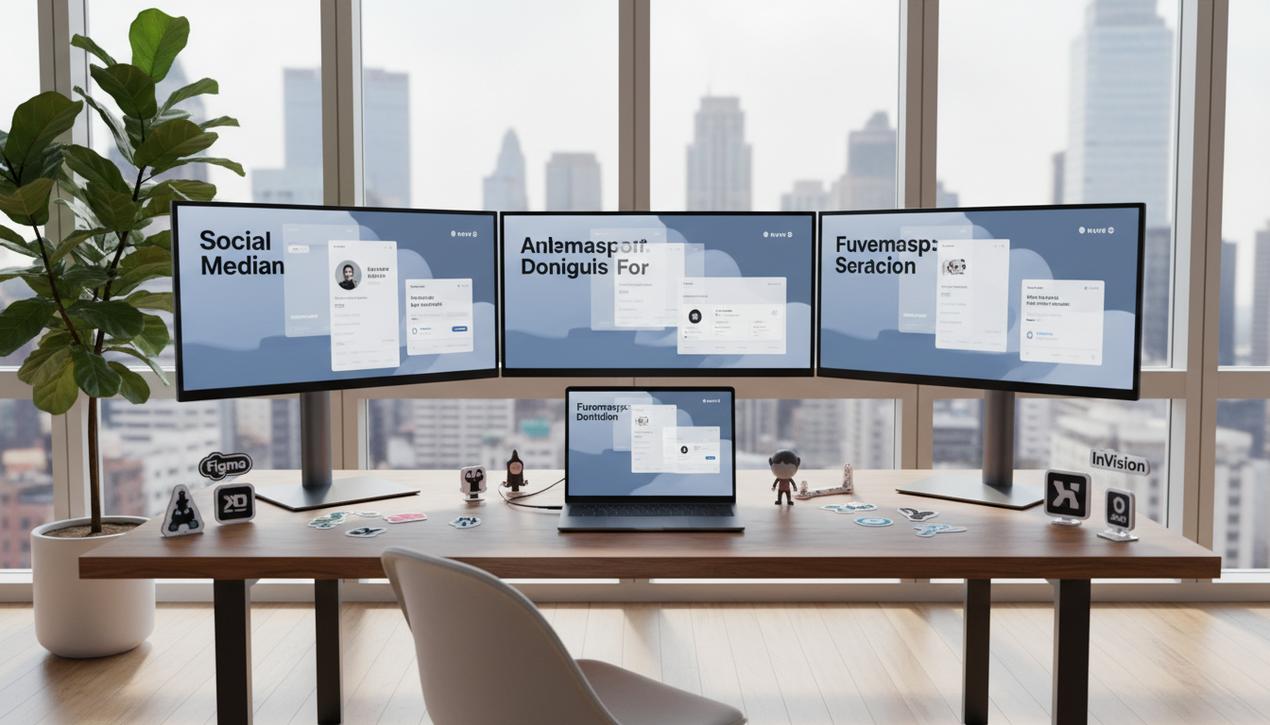A Complete Guide to Creating a Website Mockup in 2025


Diving into website development without a plan is like building a house without a blueprint. The result is often chaotic, expensive, and fails to meet user needs. A website mockup is that essential blueprint: a detailed, high-fidelity visual representation of your final product. The importance of this stage is colossal. Studies show that 88% of online consumers are less likely to return to a site after a bad experience, and a well-designed user interface can raise conversion rates by up to 200%. Investing time in creating a mockup isn’t an expense; it’s a strategic investment with a potential ROI of up to 100-to-1. It aligns team vision, validates concepts before development, and ensures every pixel serves a specific purpose. This comprehensive guide will walk you through the A-Z process of transforming your idea into a professional and effective mockup.
Mockup vs. Wireframe vs. Prototype: What’s the Difference?
Before diving into the creation process, it’s crucial to clarify three often-confused terms that represent distinct design stages. Understanding their respective roles is the first step toward a well-managed project.
1. The Wireframe: The Structural Skeleton
A wireframe is a low-fidelity, basic schematic of your website. Stripped of colors, fonts, or images, it focuses solely on structure, the layout of elements (text blocks, image placeholders, buttons), and information architecture. Its goal is to validate the arrangement and hierarchy of content before any aesthetic considerations are made.
2. The Mockup: The Visual Skin
The mockup is the next evolution. It takes the wireframe’s skeleton and dresses it with the visual elements of your brand identity. This is where colors, typography, free icon packs for your design, logos, and actual images come into play. A mockup is a static but faithful representation of the final look and feel of the site. It allows stakeholders to approve the design, mood, and overall aesthetic.
3. The Prototype: The Interactive Simulation
A prototype turns the static mockup into an interactive simulation. By adding clickable links, animations, and transitions, it allows users to navigate the interface as if it were a live website. Prototypes are critical for conducting user testing, validating navigation flows, and ensuring the interface is intuitive before writing a single line of code.
The 4 Key Phases for a Successful Website Mockup
Creating an effective website mockup follows a logical, structured process. We’ve broken down this journey into four major phases, encompassing 16 essential steps to ensure nothing is left to chance.
Phase 1: Research and Strategic Definition
This initial phase is all about laying a solid foundation for your project. Skipping this step inevitably leads to a design that is disconnected from business goals and user expectations.
- 1. Define Objectives: What must the website achieve? Increase sales, generate leads, provide information? Use the SMART (Specific, Measurable, Achievable, Relevant, Time-bound) framework to clarify your goals.
- 2. Analyze the Target Audience: Create user personas to represent your typical users. Understanding their needs, pain points, and browsing habits is fundamental to designing a user-centric experience.
- 3. Create a Mood Board: Gather visual inspiration—color palettes, typography, photos, interfaces from other sites—to define the artistic direction and overall mood of your website.
- 4. Establish the Sitemap: List all the pages your site will have and organize them hierarchically. This visual site plan defines the global structure and the relationships between pages.
Phase 2: Wireframing and Information Architecture
Once the strategy is set, it’s time to translate those ideas into a tangible structure. This is the stage where you build the skeleton of each page.
- 5. Map User Flows: Chart the paths users will take to complete key tasks (e.g., from the homepage to a completed purchase). This helps optimize the navigation for a seamless experience.
- 6. Create the Wireframes: For each key page, sketch out low-fidelity layouts. Adopt a “mobile-first” approach, as over 60% of web traffic now comes from mobile devices. Focus on block placement and hierarchy.
- 7. Define the Visual Hierarchy: Arrange information to guide the user’s eye to the most important elements first, using size, contrast, and positioning.
- 8. Place Calls-to-Action (CTAs): Identify strategic locations for your primary buttons. An effective website guides the user toward action. Shockingly, 70% of small business websites lack a clear CTA on their homepage.
Phase 3: Visual Design and Brand Identity
This is where your wireframe comes to life and becomes a high-fidelity mockup. Your brand’s identity is infused into the previously established structure.
- 9. Apply the Style Guide: Integrate your color palette and typography. Stick to a maximum of two or three fonts to ensure consistency and readability.
- 10. Integrate Real Content: Replace placeholder text (“lorem ipsum”) and generic images with the final content. Design should serve the content, not the other way around.
- 11. Manage White Space: Negative space is a powerful design tool. It reduces cognitive load, improves readability, and creates a clean, professional feel.
- 12. Design for Accessibility (WCAG): Ensure your design choices (color contrasts, font sizes) make the site usable for everyone, including people with disabilities.
Phase 4: Prototyping and Testing
The final phase involves making your mockup interactive to validate its effectiveness before development begins, which can prevent costly revisions later on.
- 13. Turn the Mockup into a Prototype: Use a mockup tool to link your screens together and simulate the primary navigation flow.
- 14. Add Micro-interactions: Subtly animate buttons, loading states, or transitions. These details significantly improve the perceived quality and user engagement.
- 15. Conduct User Testing: Present your prototype to real users and ask them to perform tasks. Observe where they struggle and gather feedback to iterate on your design.
- 16. Prepare Developer Handoff: Organize your design files, specifying colors, fonts, spacing, and expected behaviors to facilitate a smooth transition to the development team.
Web Design Trends to Integrate into Your 2025 Mockup
For a site to be not only functional but also modern, a mockup should reflect current design trends found through a good technology watch strategy. In 2025, several powerful movements stand out.
- Generative AI: Tools like Galileo AI and Uizard can generate initial mockup versions from simple text prompts, dramatically accelerating the ideation phase.
- Micro-interactions and 3D: Subtle animations and immersive 3D elements capture attention and create a memorable experience. Think of animated button hovers or interactive product visuals.
- Accessible and Inclusive Design: Beyond a trend, this is a necessity. Plan for high-contrast ratios, alternative text for images, and clear navigation right from the mockup stage.
- Kinetic Typography: Text is no longer static. Fonts that animate or react to user scrolling (scrollytelling) create a strong visual and narrative impact.
Top 7 Tools for Creating Your Website Mockup
Choosing the right tool can greatly simplify the mockup creation process. Here is a selection of the most powerful and popular software in 2025.
- Figma: The undisputed market leader. This cloud-based tool excels at real-time collaboration, making it an all-in-one solution for wireframing, mockups, prototyping, and handoff.
- Sketch: A powerful alternative, historically popular on macOS. Its extensive ecosystem of plugins makes it extremely flexible.
- Adobe XD: Perfect for those already in the Adobe ecosystem. Its seamless integration with Photoshop and Illustrator is a major plus, and its prototyping features are very advanced.
- Balsamiq: The ideal tool for low-fidelity wireframes. Its “hand-drawn” style encourages focusing on structure over aesthetics in the early stages.
- InVision: Specializes in creating highly realistic, high-fidelity prototypes and managing team feedback and comments.
- Uizard: An innovative, AI-powered tool that can turn hand-drawn sketches or screenshots into editable mockups.
- Framer: The go-to for designers who want to create advanced prototypes with complex interactions, getting as close as possible to a live website.
Creating a website mockup is far more than a simple design step; it is the strategic backbone of your digital project. By following a structured process from goal definition to user testing, you ensure the final product is not only beautiful but also effective, intuitive, and perfectly aligned with your ambitions. This methodical approach mitigates risk, saves time, and prevents costly back-and-forth during the development phase. Ultimately, a well-crafted mockup is the guarantee of a quality user experience that turns visitors into loyal customers.




